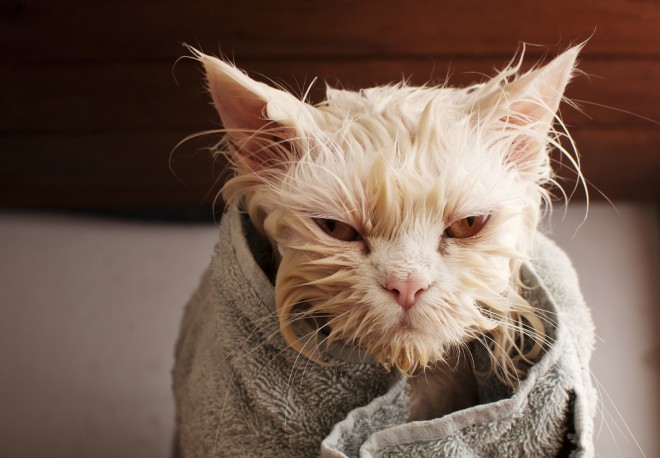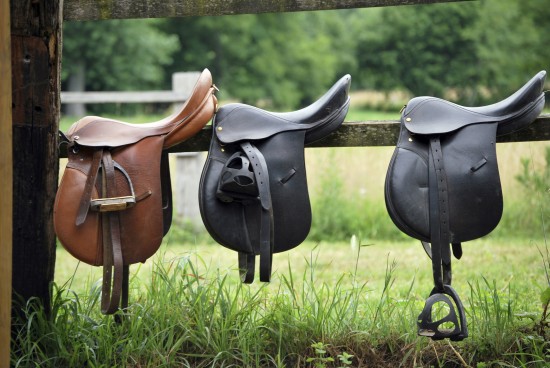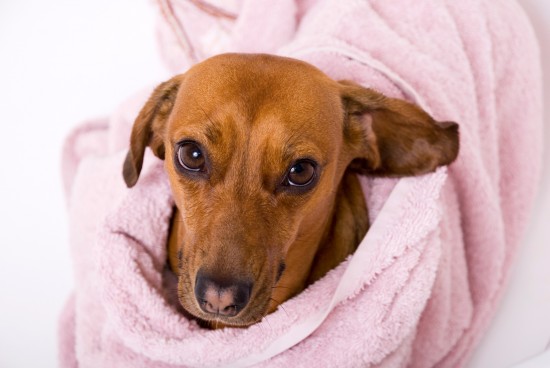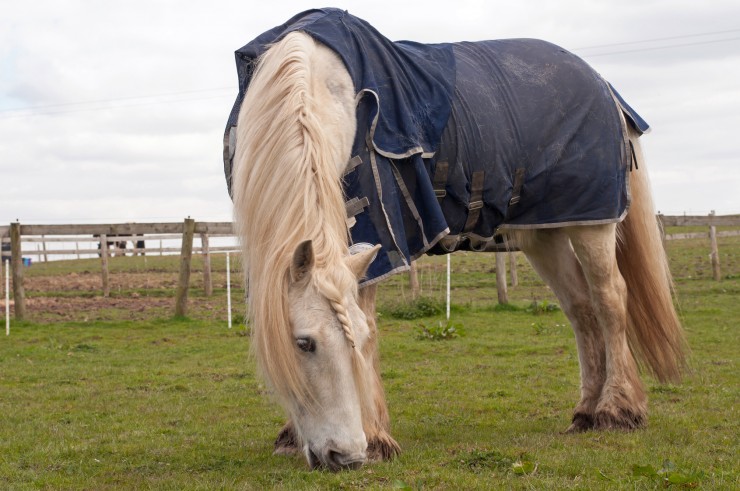Description: The Great Dane is a huge dog; it has a square body and a long neck, although females may be slightly longer than they are tall. They are a powerful dog but look elegant and noble; they have a short and shiny coat that can appear in a verity of colors including black, blue, harlequin, fawn, merle and stripped brindle. Despite their large size they are a graceful dog. They stand between 30 and 34 inches, though can be taller, and weigh between 100 and 200 lbs. They have a narrow head with a square muzzle and eyes that have a gentle and intelligent expression. They are deep chested with legs that are long, strait, and muscular.
History: The Great Dane is sometimes referred to as the 'Apollo of all dogs'. Coins from Greece in 63 BC appear to have a dog that resembles a Great Dane on them and drawings of these dogs can be found on monuments, in Egypt, dating back to 3000BC. These ancient dogs are thought to be the origins of today's dog. However the breed was fully developed in Germany. Although, exactly how old this breed is is unknown, though it was a common dog in the 16th century, anything beyond that has several different stories.
Temperament: Known as the gentle giant, the Great Dane, despite its huge size is actually a very friendly dog with a loving nature. They are people orientated dogs that need and love to be around their human family, they are also very loyal. Because they grow so fast, training them needs to start early. Although it is unlikely they will ever be aggressive, due to their size they can be difficult to handle if not well trained. They make great family pets as they are kind, patient and get on well with children and other pets. One habit they tend to have is to lean against you; this is their way of showing love, and obtaining attention. This is normal behavior and is nothing to worry about, but it can cause a problem with small children.
Health Issues: Unfortunately, like many large dogs, the Great Dane is prone to quite a few illnesses. Bloat is a common issue for them and up to 40% of cases are fatal, bloat is where the stomach twists and emergency surgery is needed immediately. Due to how fast they grow (from birth to a human adult weight in 12 months) they can suffer from a verity of bone problems, these can include hip dysplasia, wobblers syndrome, hypertrophic osteodystrophy (HOD), pano (panosteitis) and osteochondritis dissecans (OCD). They are also prone to cancer, though people say that a Great Dane fed on natural food rather than manufactured foods have a lower risk. In 2004 an American survey showed that the most common fatal condition in Great Danes is dilated cardiomyopathy, this is a degenerative condition that affects the heart, and unfortunately there is no cure. The average life span for them is around 10 years, though they have been known to live to around 13 years.
Grooming: The Great Dane is an average shedder that will need daily brushing; they will also need their nails trimmed regularly. They only need to be bathed when necessary, and due to their huge size this can be rather awkward, so it's best to brush them often and well to help increase the time needed between baths.
Living Conditions: Great Danes need regular exercise, though should not do more than walking until they are over a year old. They will live fine in an apartment as they are relatively inactive indoors, due to the fact they are such people loving animals they will not cope with living alone outside.

 Bathing A Cat With As Little Trauma As Possible
Bathing A Cat Wit
Bathing A Cat With As Little Trauma As Possible
Bathing A Cat Wit
 Understanding The Horse Saddle
Understanding The
Understanding The Horse Saddle
Understanding The
 Six Important Reasons For Cleaning Up After Your Dog
Six Important Rea
Six Important Reasons For Cleaning Up After Your Dog
Six Important Rea
 Some Common Canine Care And Behaviour Myths
Some Common Canin
Some Common Canine Care And Behaviour Myths
Some Common Canin
 Do Horses Get Enough Vitamin D When Rugged Up?
Do Horses Get Eno
Do Horses Get Enough Vitamin D When Rugged Up?
Do Horses Get Eno